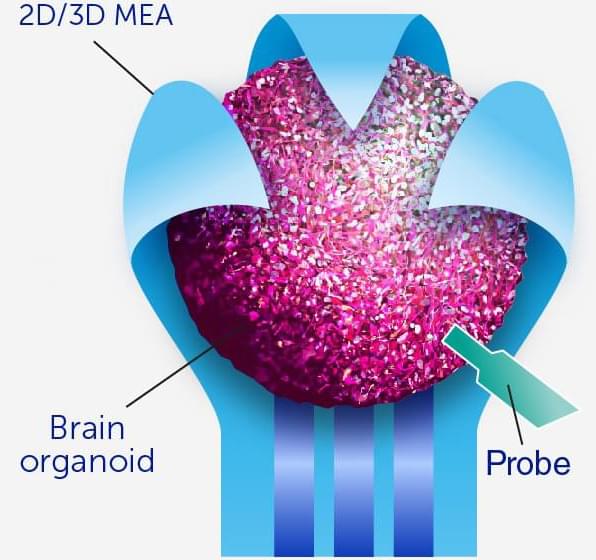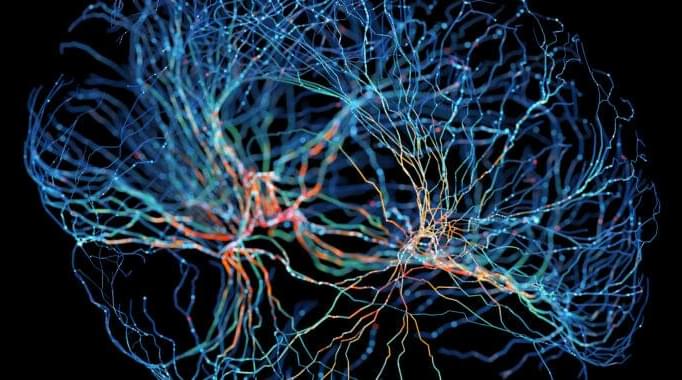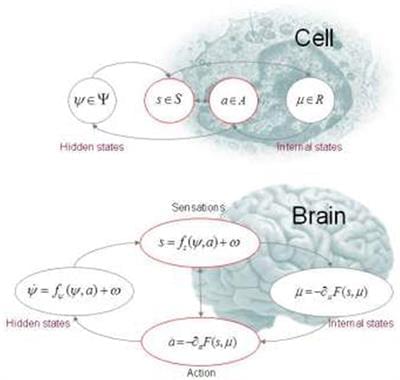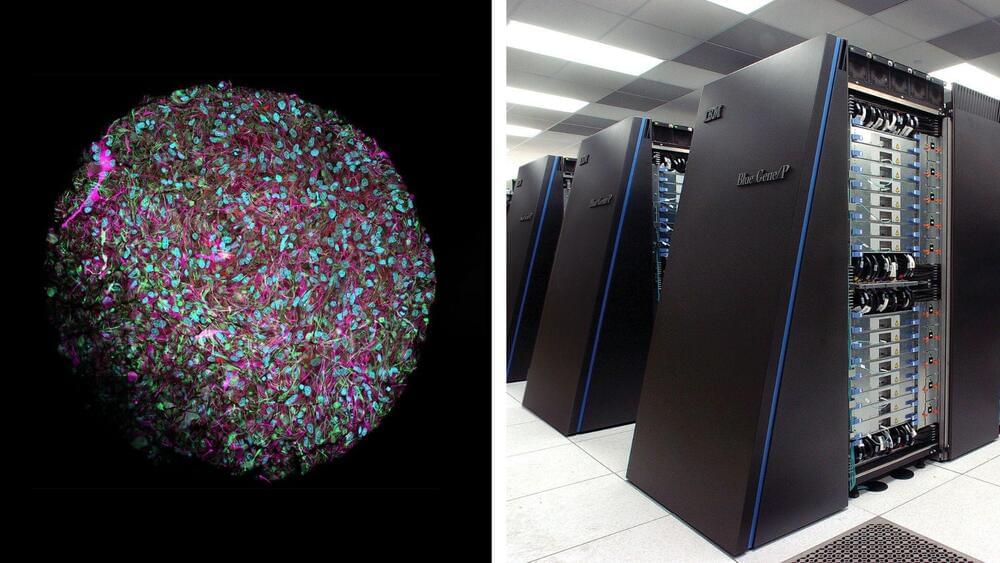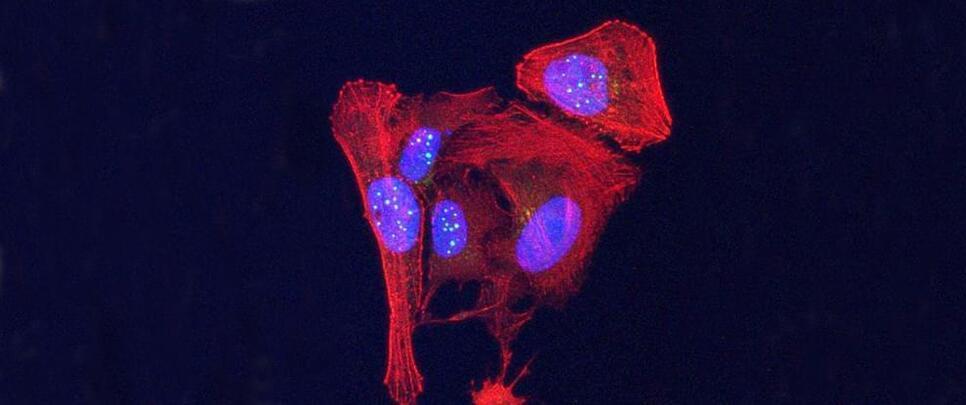Yuli Ban is talking about the prediction and emergence of generative AIs, the extent to which those can disrupt humanities reliance on creativity and productivity. He mentions ‘the dead internet theory’ that postulates that most content is autogenerated, obfuscating the actual people using the internet and reducing their actual exposure.
I think we already see this in social media, internet forums and other areas where fake content and profiles are detected. and this can spread to youtube and short form video platforms, telemarketing and scams. as well as use by political groups and states.
Yuli also mentions the long term implications — peaking human population and the notion of Transhumanism where humans merge with an infinitely more capable AI which assumes control. he mentions how biology is a quality many would like to preserve, to varying degrees.

